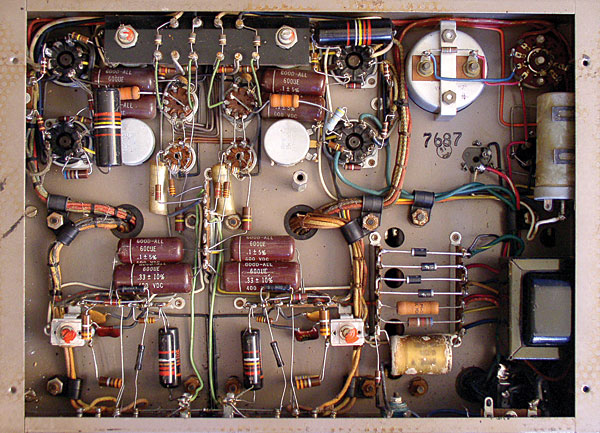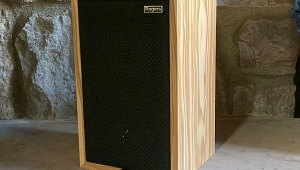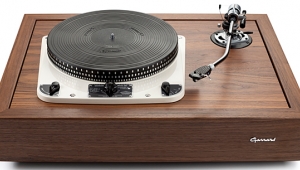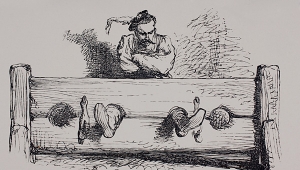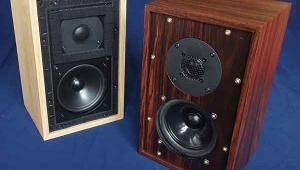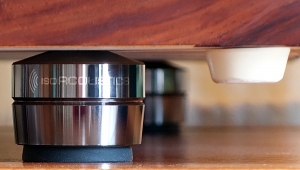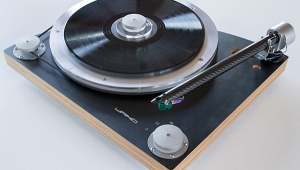| Columns Retired Columns & Blogs |
Art,
Under the heading of best explanation ever of "why you can't go home again"
and "one picture is worth a thousand words" you give us the Marantz 8b.
I also liked your take on Garber's 421a (Listening #109), probably the most
fufilling amp for our post apocalyptic world and the future retirement fund of
your daughter and my son.(Don't laugh, in 1964 my wife saw a small (8")
Alexander Calder mobile in the MOMA,NY gift store for $150 and begged
her mother to buy it and got a long Calvanistic lecture on thrift. A year or so
ago I saw a similar piece in a Sotheby's catalog for $40K.)
As for cheerier list's (and the risk/danger of turning into a AA column), how
about an Art D. Listener cover/content list. My own nominee's would be:
5. Winter-1999 TV in the Toilet
4. Summer-1997 Rooster and The Dole Pineapple Box Turntable
3. Spring-1997 Madman couple's admiring 300B tube's
2. Autumn-1996 Maxwell tape redux
1. Spring-1996 Eve in the Garden of Kimber Cable.
Alway's entertaining,
Regards, Mike

